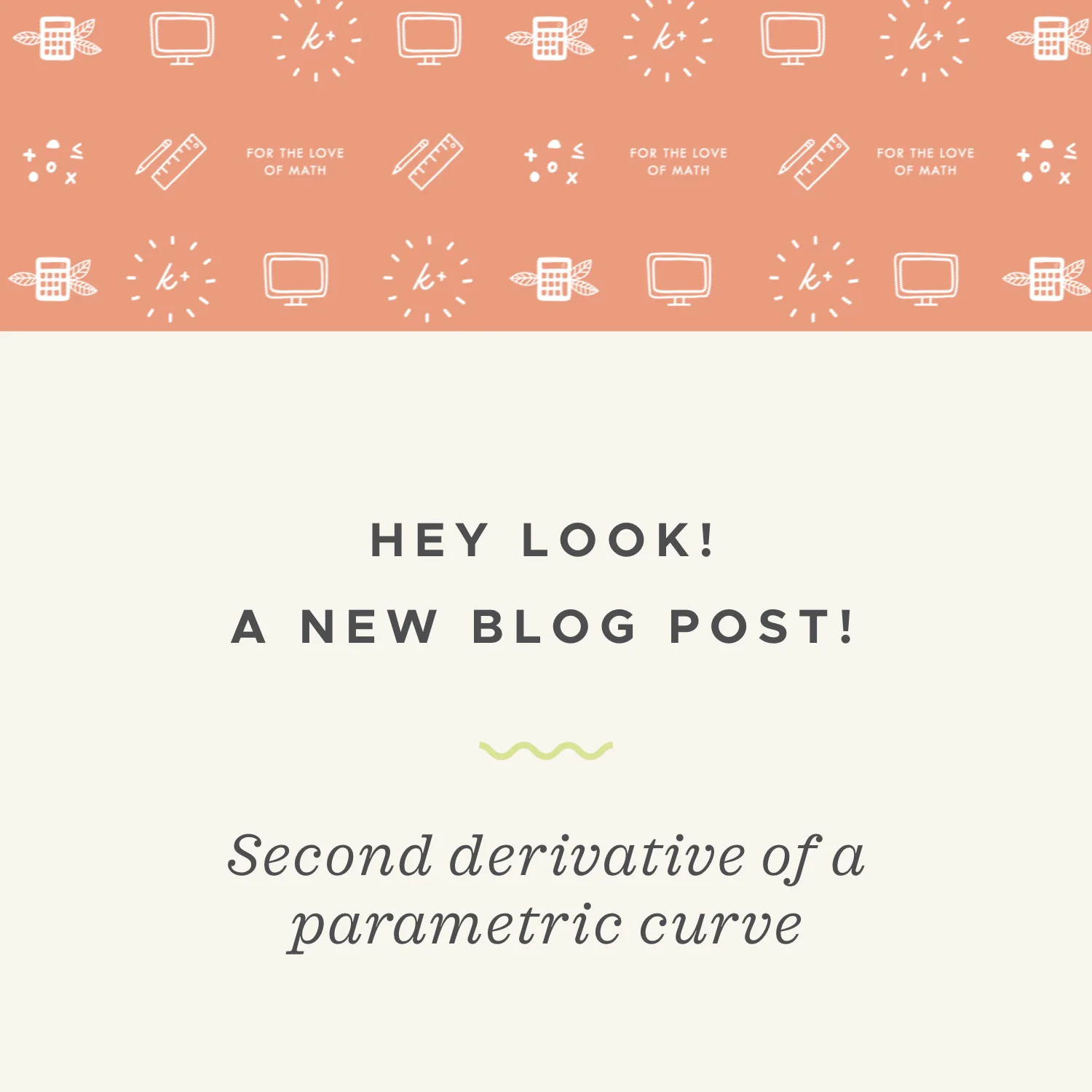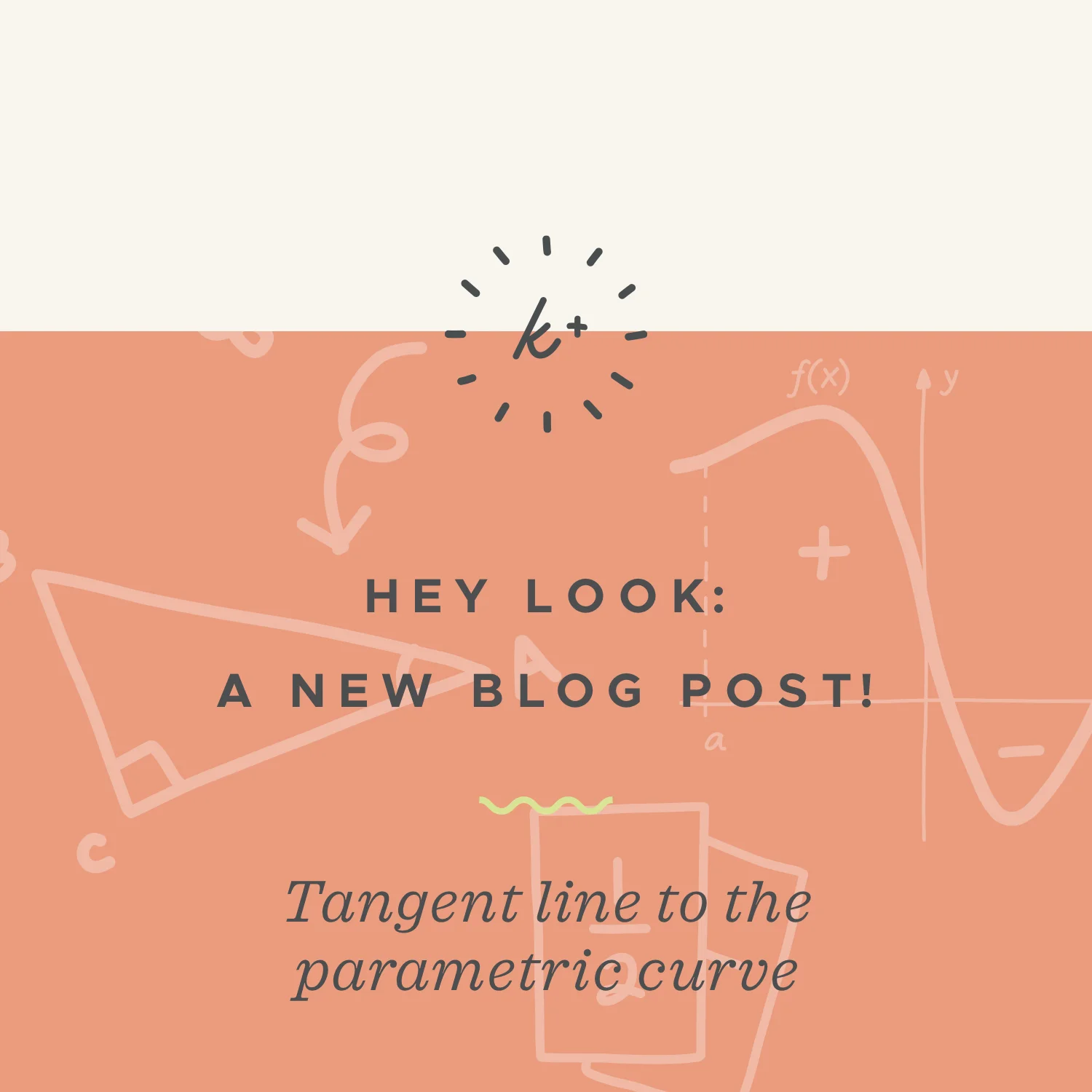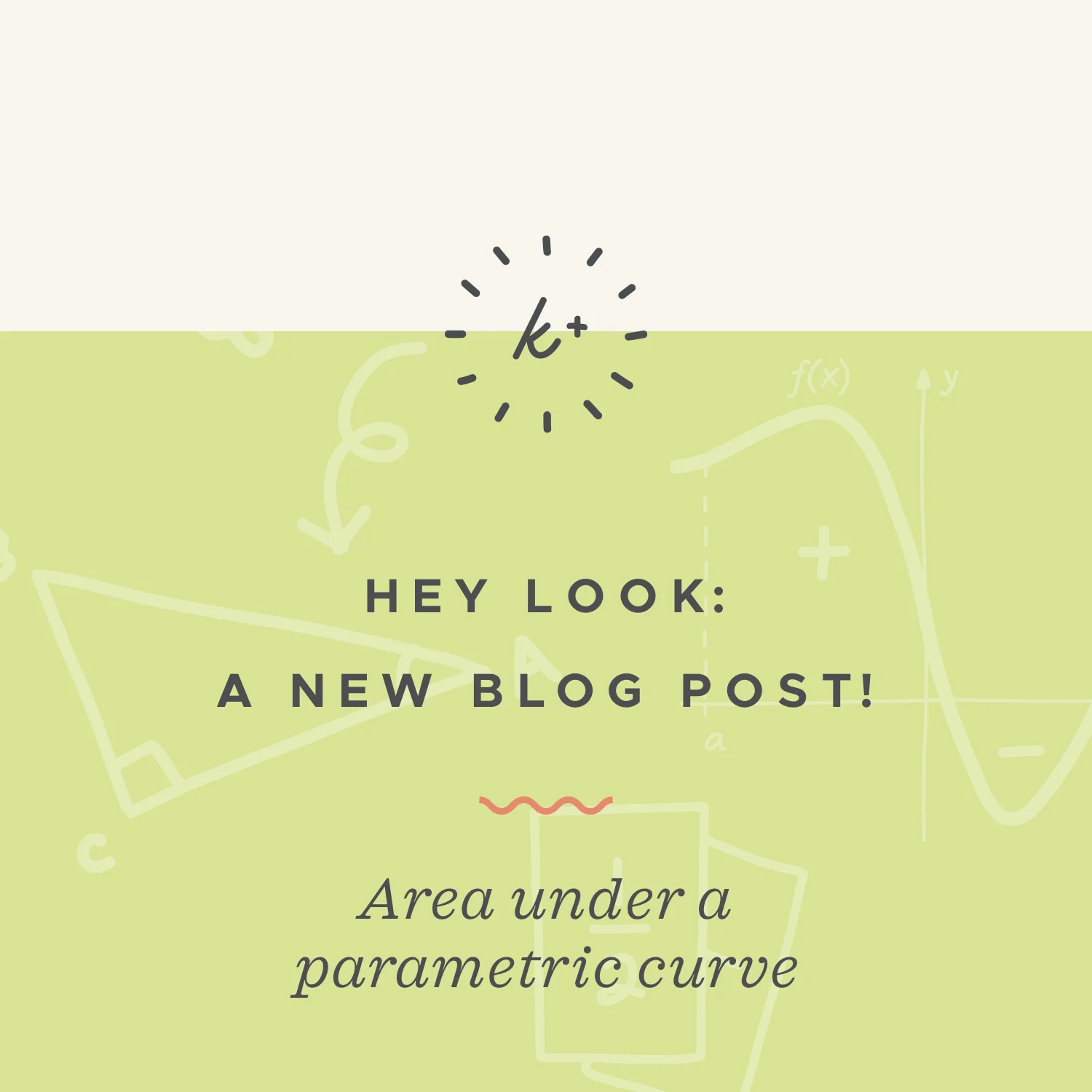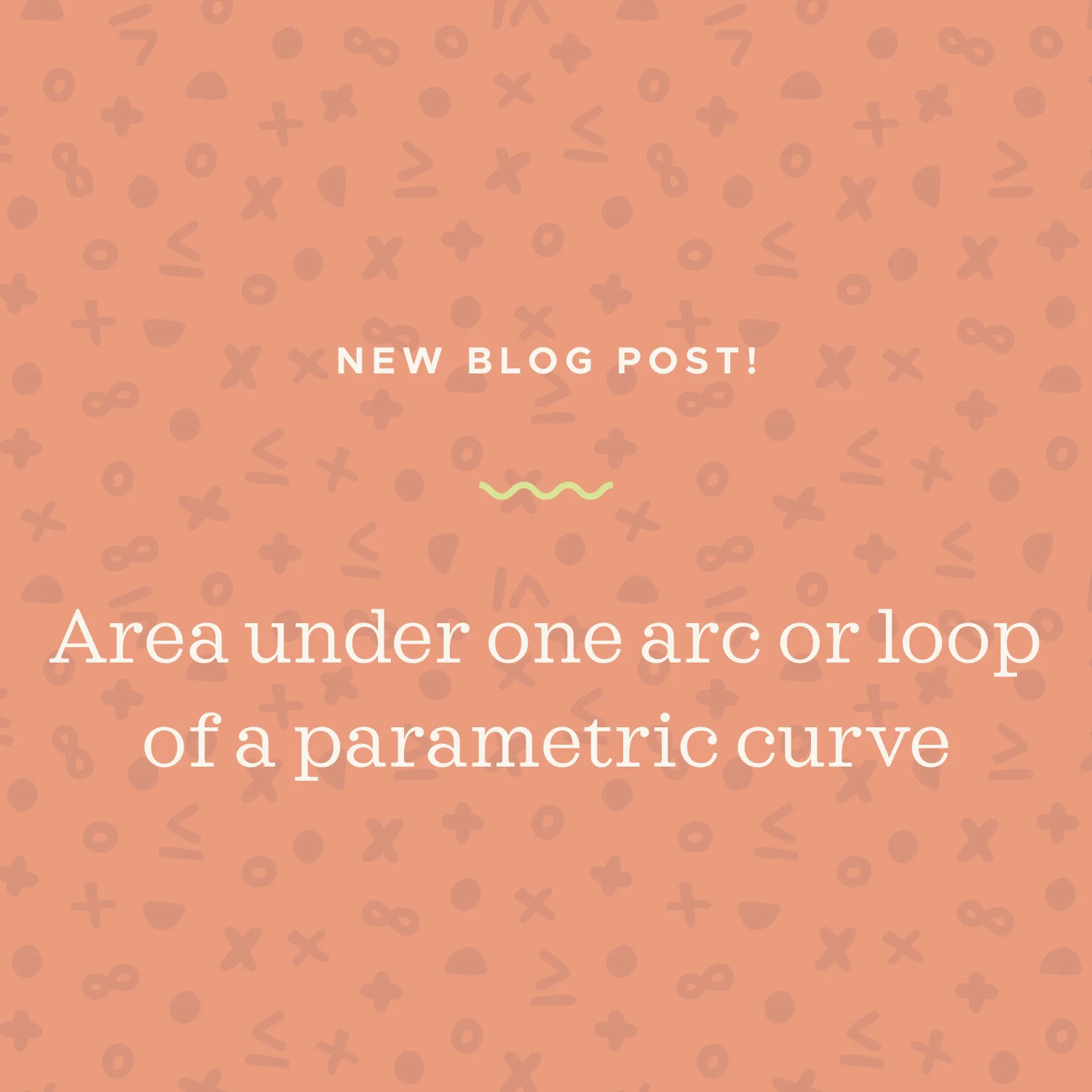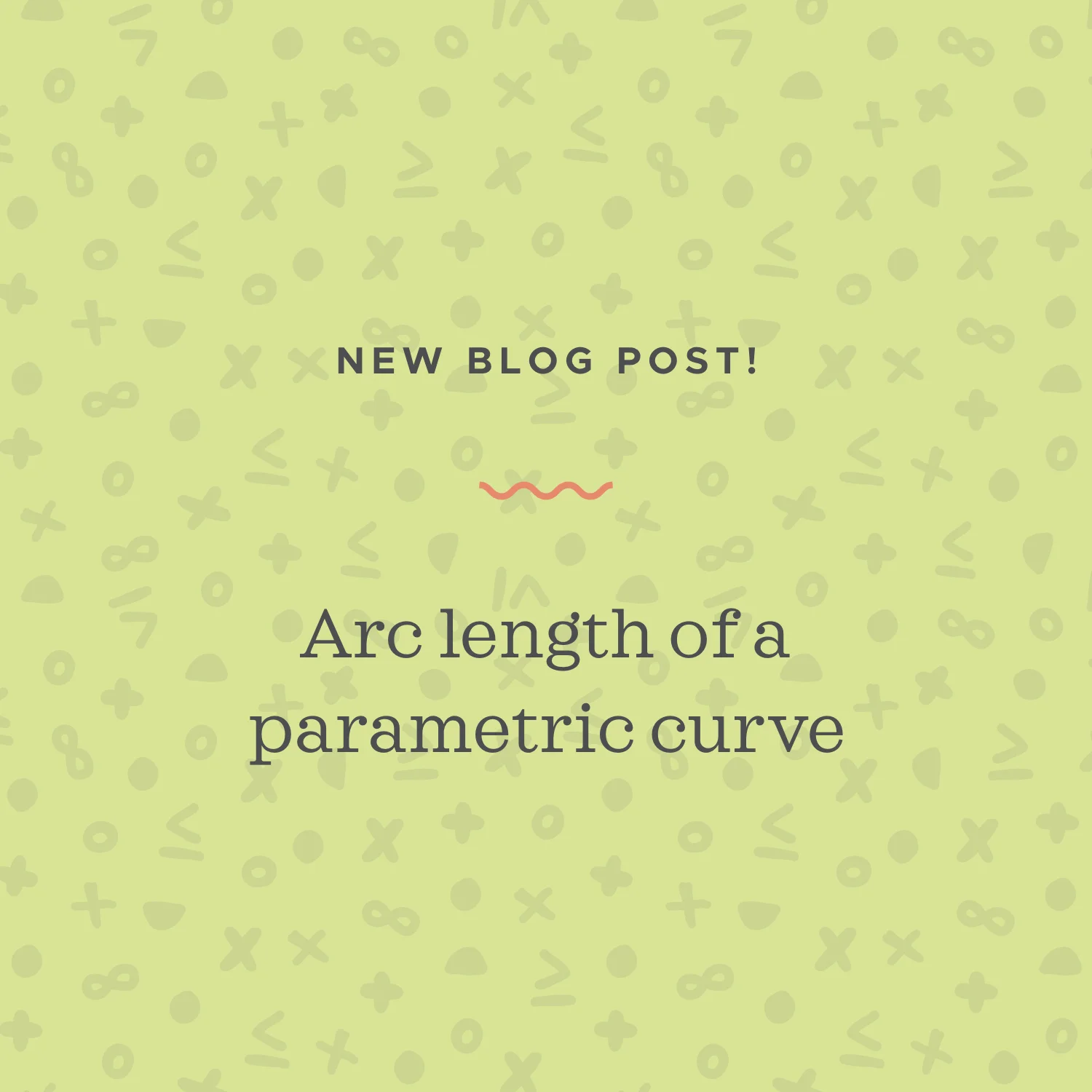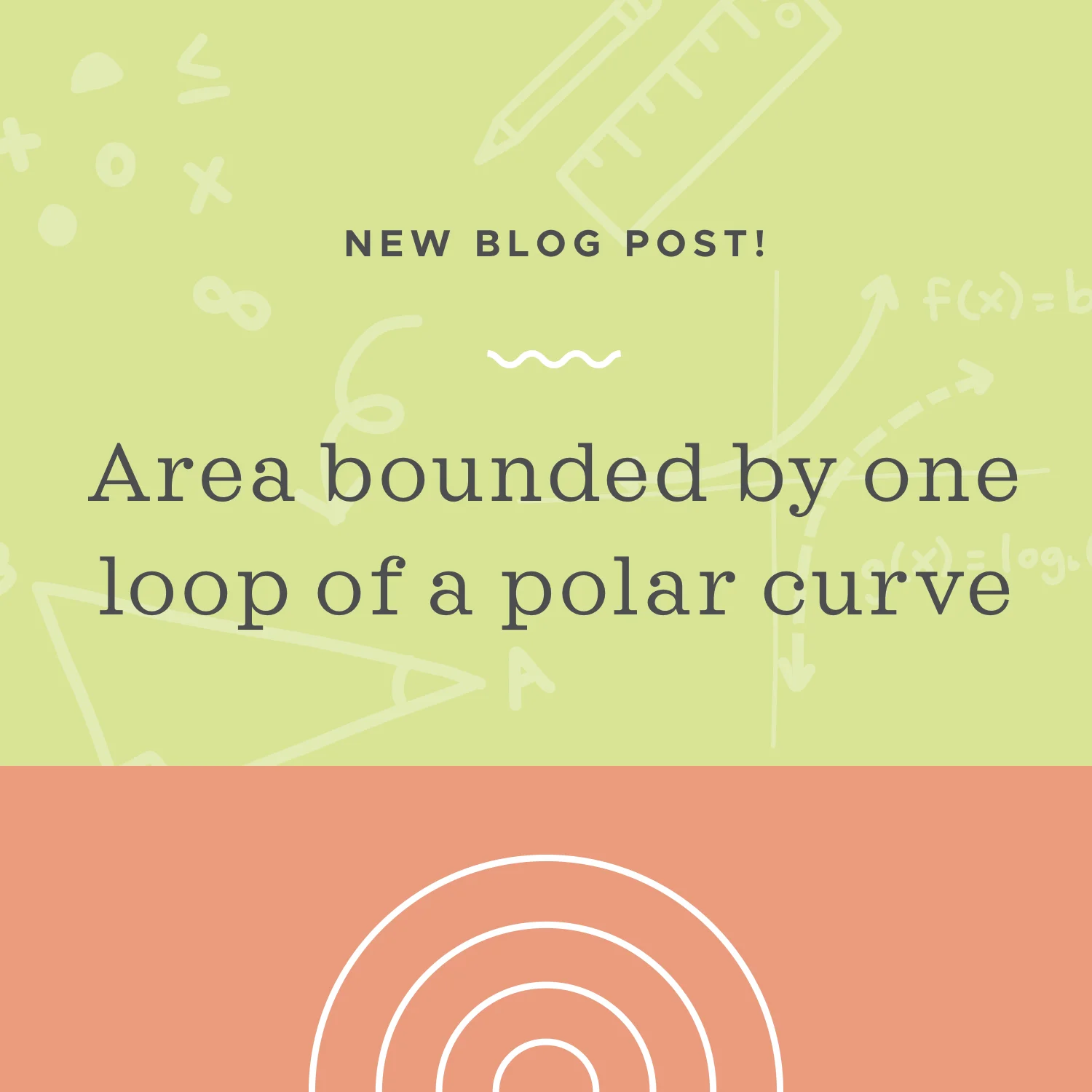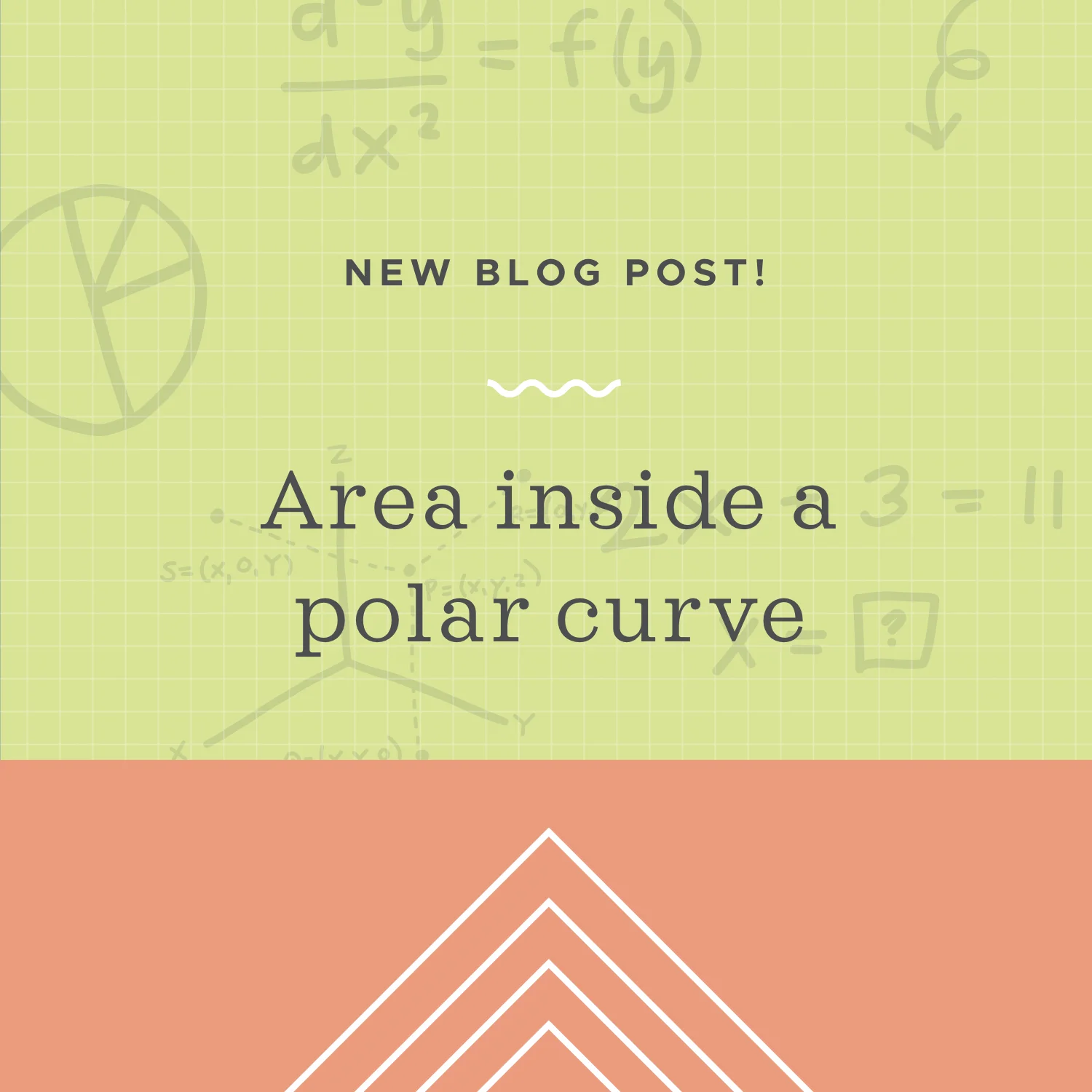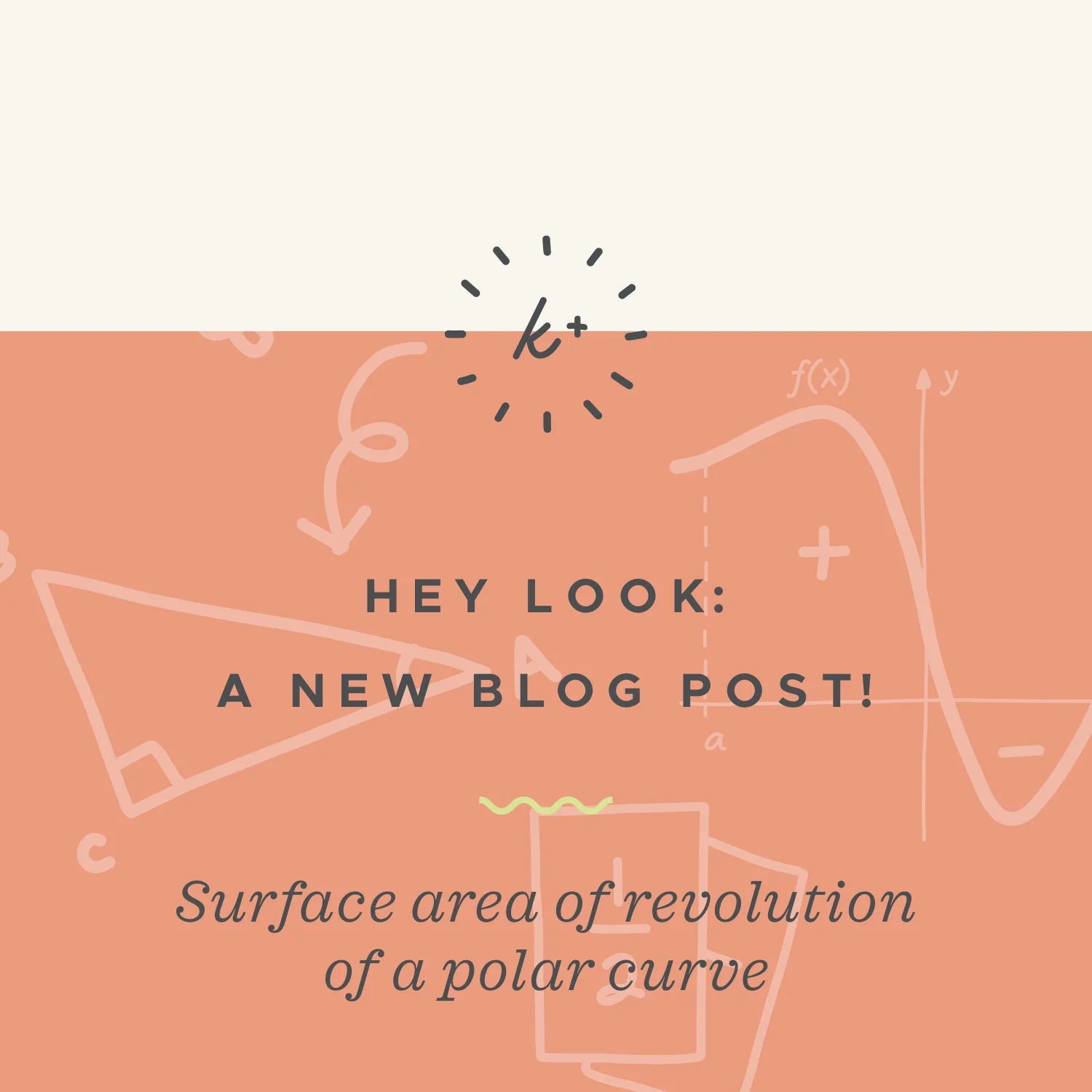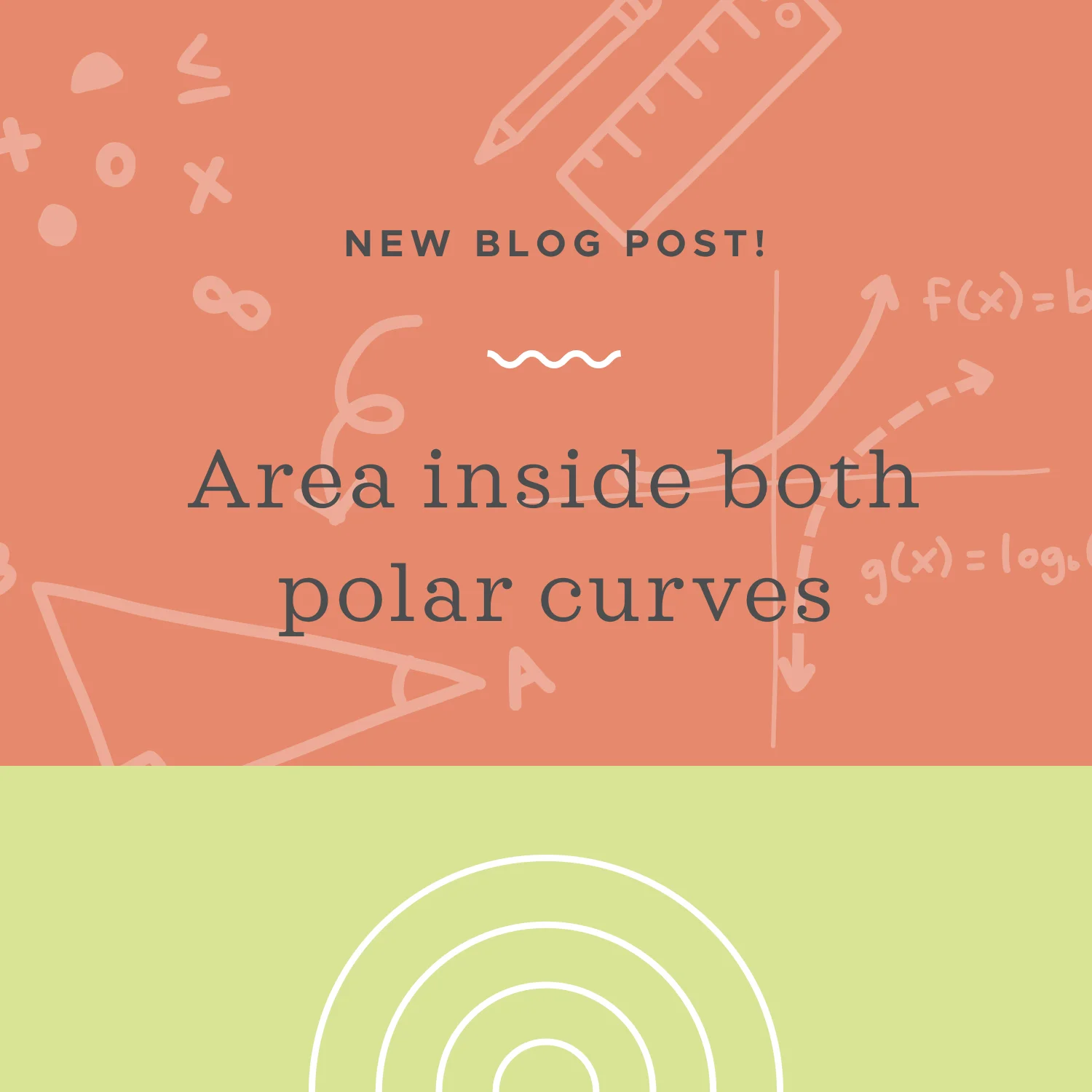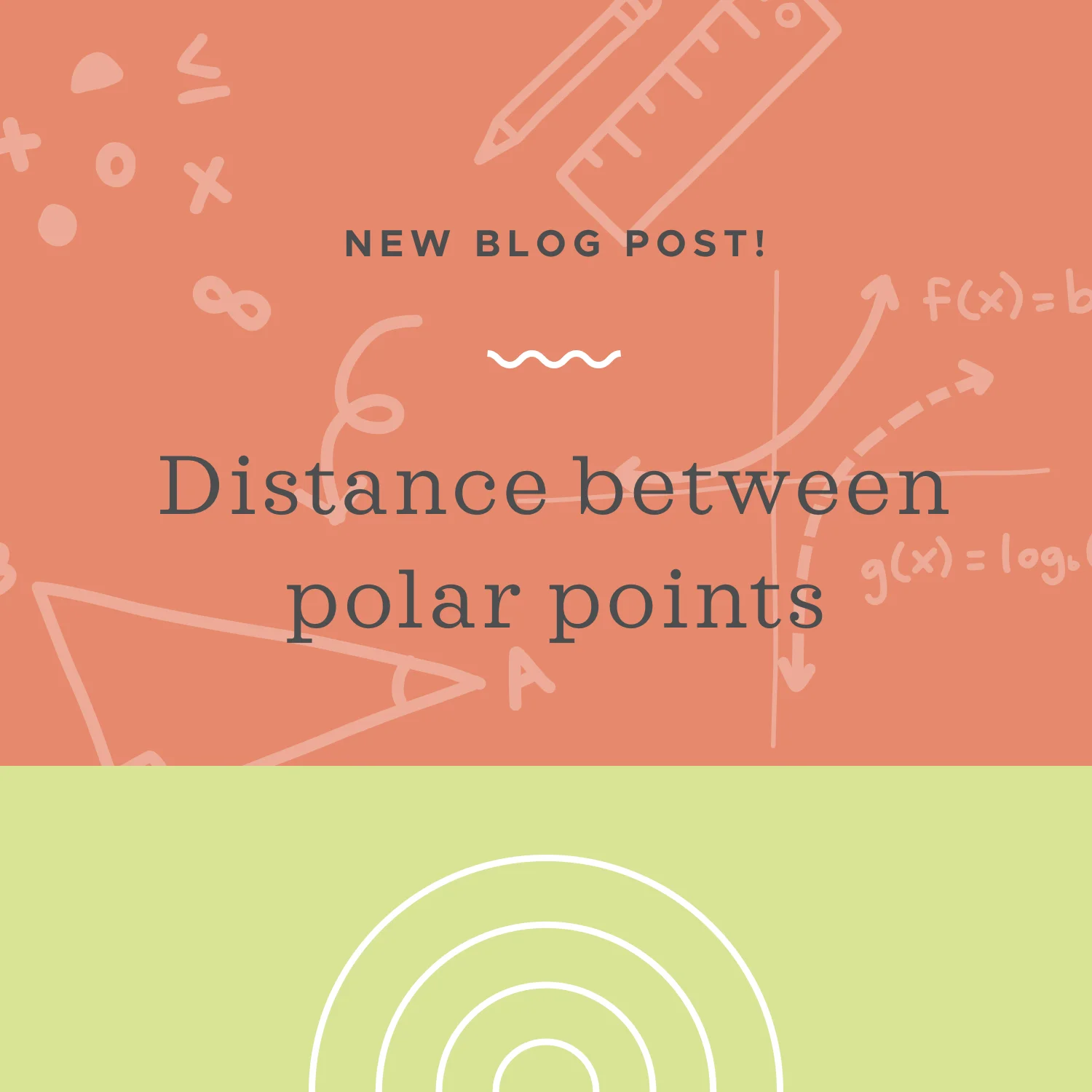Given a parametric curve where our function is defined by two equations, one for x and one for y, and both of them in terms of a parameter t, x=f(t) and y=g(t), we calculate the derivative of that parametric curve using a specific formula for the parametric derivative.
Read MoreTo find the second derivative of a parametric curve, we need to find its first derivative dy/dx first, and then plug it into the formula for the second derivative of a parametric curve. The d/dt is the formula is notation that tells us to take the derivative of dy/dx with respect to t.
Read MoreTo sketch a parametric curve, we’ll 1) Create a table where we find x- and y-values based on specific parameter values of t, 2) Eliminate the parameter to find a cartesian equation in terms of just x and y, and then 3) Sketch the parametric curve.
Read MoreWe’ll use the same point-slope formula to define the equation of the tangent line to the parametric curve that we used to define the tangent line to a cartesian curve, which is y-y1=m(x-x1), where m is the slope and (x1,y1) is the point where the tangent line intersects the curve.
Read MoreGiven a parametric curve where our function is defined by two equations, one for x and one for y, and both of them in terms of a parameter t, x=f(t) and y=g(t), we’ll calculate the area under the parametric curve using a very specific formula. The answer we get will be a function that models area, not the area itself.
Read MoreSometimes we need to find the area under just one arc or loop of a parametric curve. In order to do it, we’ll use an area formula where we integrate the product of y(t) and x’(t) over the bounds that define the loop.
Read MoreThe arc length of a parametric curve over the interval a≤t≤b is given by the integral of the square root of the sum of the squared derivatives, over the interval [a,b]. So to find arc length of the parametric curve, we’ll start by finding the derivatives dx/dt and dy/dt.
Read MoreIn this post we’ll look at how to calculate the surface area of the figure created by revolving a parametric curve around a horizontal axis. We can revolve around the horizontal x-axis, or another horizontal axis. Either way, we’ll use an integral formula to calculate the surface area, so we’ll just need to pick a set of limits for the integral over which we want to find the surface area.
Read MoreIn the same way that we could find the volume of a three-dimensional object generated by rotating a two-dimensional area around an axis when we studied applications of integrals, we can find the volume of revolution generated by revolving the area enclosed by two parametric curves.
Read MoreTo convert polar equations to rectangular equations, we’ll use the conversion formulas x=rcos(theta), y=rsin(theta), and r^2=x^2+y^2. Our goal will be to replace all the r and theta variables with x and y variables.
Read MoreWhen we need to find the area bounded by a single loop of the polar curve, we’ll use the same formula we used to find area inside the polar curve in general. We’ll integrate over the interval that defines the loop.
Read MoreThe area inside a polar curve is given by a formula for A, where [alpha,beta] is the interval over which we’re integrating, and where r is the equation of the polar curve. Plugging everything into the formula will let us calculate the area bounded by the polar curve.
Read MoreWe can find the surface area of the object created when we rotate a polar curve around either the x-axis or the y-axis. We use a specific formula to find surface area, depending on which axis is the axis of rotation.
Read MoreTo find the points of intersection of two polar curves, 1) solve both curves for r, 2) set the two curves equal to each other, and 3) solve for theta. Using these steps, we might get more intersection points than actually exist, or fewer intersection points than actually exist. To verify that we’ve found all of the intersection points, and only real intersection points, we graph our curves and visually confirm the intersection points.
Read MoreThe best way to solve for the area inside both polar curves is to graph both curves, then based on the graphs, look for the easiest areas to calculate and use those to go about finding the area inside both curves. We’ll solve for the points of intersection and use those as the bounds of integration.
Read MoreTo find the equation of the tangent line to a polar curve at a particular point, we’ll first use a formula to find the slope of the tangent line, then find the point of tangency (x,y) using the polar-coordinate conversion formulas, and finally we’ll plug the slope and the point of tangency into the point-slope formula for the equation of a tangent line.
Read MoreTo find the distance between two polar coordinates, we have two options. We can either convert the polar points to rectangular points, then use a simpler distance formula, or we can skip the conversion to rectangular coordinates, but use a more complicated distance formula.
Read MoreIn order to calculate the area between two polar curves, we’ll 1) find the points of intersection if the interval isn’t given, 2) graph the curves to confirm the points of intersection, 3) for each enclosed region, use the points of intersection to find limits of integration, 4) for each enclosed region, determine which curve is the outer curve and which is the inner, and 5) plug this into the formula for area between curves.
Read More



